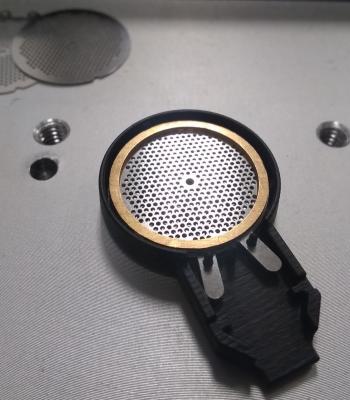Researchers design method that makes graphene nanoribbons easier to produce
Russian researchers have proposed a new method for synthesizing high-quality graphene nanoribbons. The team's approach to chemical vapor deposition offers a higher yield at a lower cost, compared with the currently used nanoribbon self-assembly on noble metal substrates.
 Two nanoribbon edge configurations. The pink network of carbon atoms is a ribbon with zigzag (Z) edges, and the yellow one has so-called armchair (A) edges. Image credit MIPT
Two nanoribbon edge configurations. The pink network of carbon atoms is a ribbon with zigzag (Z) edges, and the yellow one has so-called armchair (A) edges. Image credit MIPT
Unlike silicon, graphene does not have the ability to switch between a conductive and a nonconductive state. This defining characteristic of semiconductors is crucial for creating transistors, which are the basis for all of electronics. However, once you cut graphene into narrow ribbons, they gain semiconducting properties, provided that the edges have the right geometry and there are no structural defects. Such nanoribbons have already been used in experimental transistors with reasonably good characteristics, and the material’s elasticity means the devices can be made flexible. While it is technologically challenging to integrate 2D materials with 3D electronics, there are no fundamental reasons why nanoribbons could not replace silicon.






